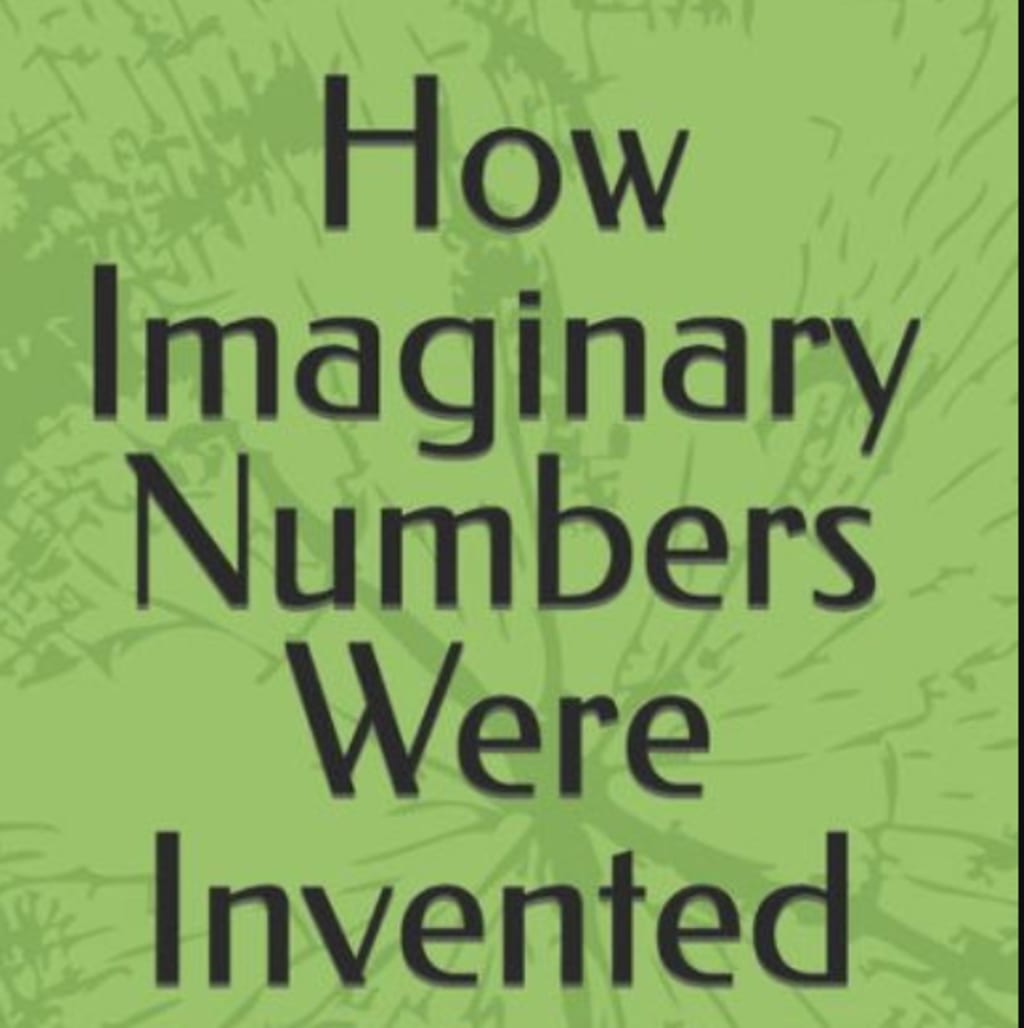
Mathematics, the language of the universe, has been a guiding light in humanity's quest to understand the intricacies of our reality. From ancient civilizations measuring land and predicting celestial motions to modern physicists probing the quantum realm, mathematics has served as both a tool and a framework for unraveling the mysteries of existence. Yet, within this vast tapestry of mathematical exploration, there are pivotal moments where paradigms shift, and new vistas of understanding emerge.
One such watershed moment occurred with the exploration of cubic equations. For millennia, mathematicians grappled with these enigmatic equations, seeking a general solution that eluded their grasp. The ancient civilizations of Babylon, Greece, China, India, Egypt, and Persia all encountered the cubic equation in their mathematical inquiries, but none could crack its code. Even as mathematical knowledge advanced, the cubic remained a formidable challenge, defying attempts at resolution.
The Renaissance period witnessed a renewed fervor to conquer the cubic equation. Luca Pacioli's seminal work, "Summa de Arithmetica," laid bare the complexities of the cubic, declaring a general solution unattainable. However, within the halls of academia, whispers of breakthroughs began to circulate. Scipione del Ferro, a mathematics professor at the University of Bologna, achieved a breakthrough in solving depressed cubics—a subset of cubic equations with no quadratic term. His method, shrouded in secrecy to safeguard his position, ignited a chain of events that would reshape the landscape of mathematics.
The torchbearer of del Ferro's method, Antonio Fior, revealed the solution to Niccolo Fontana Tartaglia, setting the stage for a mathematical duel that would change the course of history. Tartaglia's triumph in solving all of Fior's depressed cubics within a mere two hours catapulted him into mathematical stardom. His method, encapsulated in poetic form, provided a systematic approach to solving these once-insoluble equations, marking a triumph of human ingenuity over mathematical adversity.
Yet, it was Gerolamo Cardano who pushed the boundaries of mathematical exploration even further. Building upon Tartaglia's method, Cardano extended the solution to encompass the full cubic equation, unleashing a torrent of mathematical innovation. His magnum opus, "Ars Magna," not only introduced the world to complex numbers but also laid the groundwork for modern algebraic notation. Cardano's work heralded a new era in mathematics, where abstract symbols and rigorous logic supplanted geometric intuition as the primary tools of inquiry.
However, Cardano's exploration of the cubic equation unearthed a perplexing phenomenon—the appearance of imaginary numbers. Initially regarded as mathematical curiosities, these elusive entities soon found unexpected applications in the realm of physics. Erwin Schrödinger's wave equation, a cornerstone of quantum mechanics, prominently featured imaginary numbers, challenging physicists' conceptions of reality and ushering in a new era of scientific inquiry.
The emergence of complex numbers as fundamental elements in describing the behavior of quantum particles underscored a profound truth: mathematics, divorced from the constraints of physical intuition, could unveil deeper truths about the nature of reality. Imaginary numbers, once regarded as fanciful abstractions, proved to be indispensable tools in our quest to comprehend the fabric of the universe.
As mathematics continues to evolve, it serves as a testament to human ingenuity and our unyielding pursuit of knowledge. From the ancient civilizations grappling with geometric shapes to modern physicists probing the quantum realm, mathematics remains our steadfast companion in the journey to unlock the mysteries of existence. Each breakthrough, each revelation, brings us closer to unraveling the secrets of the cosmos, reminding us that the pursuit of knowledge is an eternal quest—one that transcends the boundaries of space and time.
In conclusion, the evolution of mathematics—from its humble origins in geometry to its embrace of imaginary numbers and beyond—reflects humanity's insatiable curiosity and relentless drive to comprehend the universe. Within the labyrinthine corridors of mathematical inquiry, we glimpse the beauty of abstract thought and the boundless potential of human intellect. As we peer into the depths of mathematical reality, we are reminded of our capacity to illuminate the darkest recesses of the unknown, one theorem at a time.
About the Creator
ava
The future belongs to those who prepare for it today






Comments
There are no comments for this story
Be the first to respond and start the conversation.